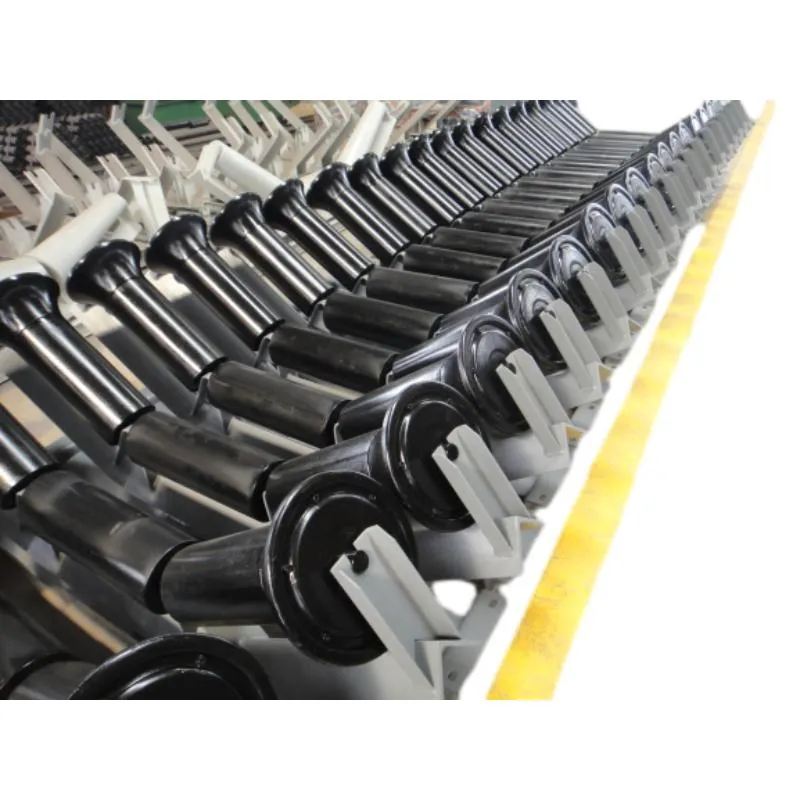 Afrikaans
Afrikaans  Albanian
Albanian  Amharic
Amharic  Arabic
Arabic  Armenian
Armenian  Azerbaijani
Azerbaijani  Basque
Basque  Belarusian
Belarusian  Bengali
Bengali  Bosnian
Bosnian  Bulgarian
Bulgarian  Catalan
Catalan  Cebuano
Cebuano  Corsican
Corsican  Croatian
Croatian  Czech
Czech  Danish
Danish  Dutch
Dutch  English
English  Esperanto
Esperanto  Estonian
Estonian  Finnish
Finnish  French
French  Frisian
Frisian  Galician
Galician  Georgian
Georgian  German
German  Greek
Greek  Gujarati
Gujarati  Haitian Creole
Haitian Creole  hausa
hausa  hawaiian
hawaiian  Hebrew
Hebrew  Hindi
Hindi  Miao
Miao  Hungarian
Hungarian  Icelandic
Icelandic  igbo
igbo  Indonesian
Indonesian  irish
irish  Italian
Italian  Japanese
Japanese  Javanese
Javanese  Kannada
Kannada  kazakh
kazakh  Khmer
Khmer  Rwandese
Rwandese  Korean
Korean  Kurdish
Kurdish  Kyrgyz
Kyrgyz  Lao
Lao  Latin
Latin  Latvian
Latvian  Lithuanian
Lithuanian  Luxembourgish
Luxembourgish  Macedonian
Macedonian  Malgashi
Malgashi  Malay
Malay  Malayalam
Malayalam  Maltese
Maltese  Maori
Maori  Marathi
Marathi  Mongolian
Mongolian  Myanmar
Myanmar  Nepali
Nepali  Norwegian
Norwegian  Norwegian
Norwegian  Occitan
Occitan  Pashto
Pashto  Persian
Persian  Polish
Polish  Portuguese
Portuguese  Punjabi
Punjabi  Romanian
Romanian  Russian
Russian  Samoan
Samoan  Scottish Gaelic
Scottish Gaelic  Serbian
Serbian  Sesotho
Sesotho  Shona
Shona  Sindhi
Sindhi  Sinhala
Sinhala  Slovak
Slovak  Slovenian
Slovenian  Somali
Somali  Spanish
Spanish  Sundanese
Sundanese  Swahili
Swahili  Swedish
Swedish  Tagalog
Tagalog  Tajik
Tajik  Tamil
Tamil  Tatar
Tatar  Telugu
Telugu  Thai
Thai  Turkish
Turkish  Turkmen
Turkmen  Ukrainian
Ukrainian  Urdu
Urdu  Uighur
Uighur  Uzbek
Uzbek  Vietnamese
Vietnamese  Welsh
Welsh  Bantu
Bantu  Yiddish
Yiddish  Yoruba
Yoruba  Zulu
Zulu conveyor drum pulley
Understanding Conveyor Drum Pulleys A Key Component in Material Handling Systems
Conveyor systems are integral to modern industries, playing a vital role in material handling across manufacturing, warehousing, and distribution settings. Within these systems, the conveyor drum pulley serves as a fundamental component that significantly influences efficiency, safety, and durability. This article explores the functions, types, and importance of conveyor drum pulleys in material handling systems.
What is a Conveyor Drum Pulley?
A conveyor drum pulley is essentially a cylindrical device that is attached to the end of a conveyor belt system. Its primary function is to provide the necessary drive mechanism to move the belt while ensuring it remains taut throughout the process. Pulleys can be located at various points in a conveyor system, including the drive, tail, and take-up points, each serving a different function critical to the operation of the entire system.
Functions of Conveyor Drum Pulleys
1. Drive Mechanism The primary role of a drive pulley is to transmit power from a motor to the conveyor belt. This powered pulley rotates, pulling the belt along and transporting materials efficiently.
2. Support Conveyor drum pulleys serve as structural supports for the conveyor belt, ensuring it maintains its shape and alignment. Proper support minimizes wear on the belt and prevents operational issues associated with misalignment.
3. Tension Control Tail pulleys or take-up pulleys are responsible for maintaining belt tension. Proper tension is crucial to prevent slippage, reduce wear and tear, and extend the lifespan of the belt and pulleys.
4. Load Distribution The design of drum pulleys allows for an even distribution of load across the belt, which helps to prevent damage and ensure smooth operation.
Types of Conveyor Drum Pulleys
Conveyor drum pulleys come in various types, each suited for specific applications. Here are some of the most common types
conveyor drum pulley

1. Drive Pulleys These are configured to be powered by motors and are essential for the movement of the conveyor belt. They can be designed with various surface materials to enhance grip and traction.
2. Tail Pulleys Positioned at the end of the conveyor system, tail pulleys help in returning the belt back to the starting position. They play a role in supporting the weight of the belt and the materials being transported.
3. Take-Up Pulleys Used to maintain the tension on the belt, these pulleys are adjustable and can be moved as wear occurs on the conveyor system.
4. Snub Pulleys These pulleys help guide the conveyor belt and provide additional tension without the need for excessive adjustment of the take-up system.
5. Guide Pulleys Specifically designed to keep the belt aligned, guide pulleys prevent lateral movement and keep the materials firmly on the conveyor.
Importance of Quality in Conveyor Drum Pulleys
Investing in high-quality conveyor drum pulleys is crucial for the longevity and efficiency of a conveyor system. Low-quality pulleys can lead to frequent breakdowns, increased maintenance costs, and potential safety hazards. Factors influencing the quality of pulleys include the materials used, manufacturing processes, and design specifications.
High-quality materials, such as steel or advanced composites, increase durability and resistance to wear and tear. Additionally, proper alignment and installation of pulleys are essential to maintain optimal functionality. Regular inspections and maintenance will ensure that conveyor drum pulleys operate effectively, reducing downtime and enhancing productivity.
Conclusion
In conclusion, conveyor drum pulleys are vital components in material handling systems, contributing significantly to their overall functionality and efficiency. Understanding the types and functions of these pulleys can help industrial operators make informed decisions regarding their usage and maintenance. By investing in high-quality drum pulleys and adhering to best practices in installation and maintenance, companies can enhance their conveyor systems' performance and extend their operational lifespan, ensuring that their material handling processes remain smooth and efficient.
-
Revolutionizing Conveyor Reliability with Advanced Rubber Lagging PulleysNewsJul.22,2025
-
Powering Precision and Durability with Expert Manufacturers of Conveyor ComponentsNewsJul.22,2025
-
Optimizing Conveyor Systems with Advanced Conveyor AccessoriesNewsJul.22,2025
-
Maximize Conveyor Efficiency with Quality Conveyor Idler PulleysNewsJul.22,2025
-
Future-Proof Your Conveyor System with High-Performance Polyurethane RollerNewsJul.22,2025
-
Driving Efficiency Forward with Quality Idlers and RollersNewsJul.22,2025





























